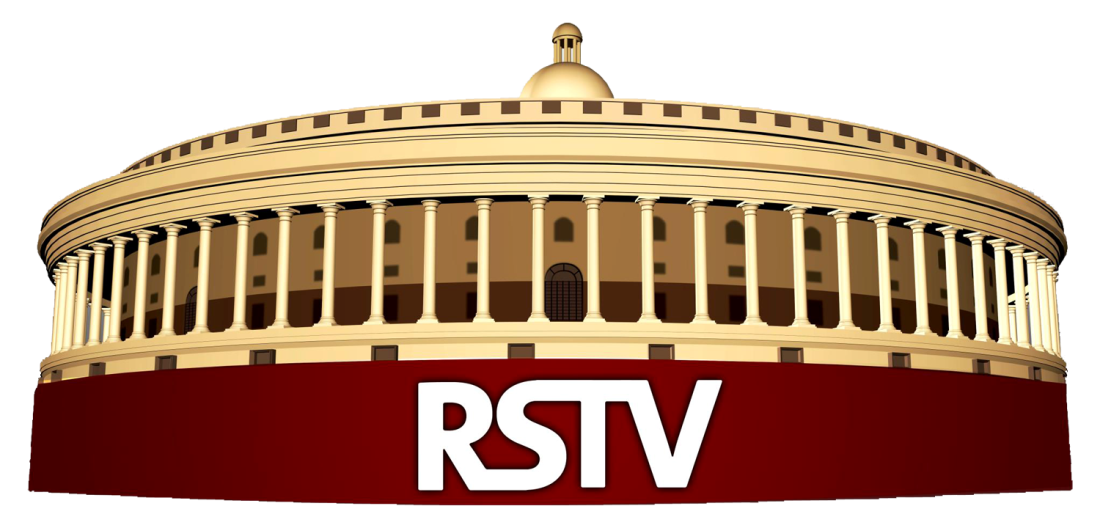[ad_1]
Introduction:
RBI has recently released its Consultative Document on Regulation of Microfinance sector aimed at protecting and empowering borrowers. As per the framework the household income will be as per Board approved policy. There will be no pre payment penalty and collateral for all microfinance loans and a simplified fact sheet on pricing of loans will be introduced.
Consultative Document:
- The suggested framework in the Consultative Document is intended to be made applicable to the microfinance loans provided by all entities regulated by the Reserve Bank and is aimed at protecting the microfinance borrowers from over-indebtedness as well as enabling competitive forces to bring down the interest rates by empowering the borrowers to make an informed decision.
- The key proposals of the Consultative Document include a common definition of microfinance loans for all regulated entities, capping the outflow on account of repayment of loan obligations of a household to a percentage of the household income, a Board approved policy for household income assessment, no pre-payment penalty; no requirement of collateral; and greater flexibility of repayment frequency for all microfinance loans, alignment of pricing guidelines for NBFC-MFIs with guidelines for NBFCs, introduction of a standard simplified fact sheet on pricing of microfinance loans for better transparency and display of minimum, maximum and average interest rates charged on microfinance loans on the websites of regulated entities.
Microfinance in India:
- Finance institutions are organisations who facilitate provision of thrift, credit and other financial services and products of very small amounts to the poor in rural, semi-urban and urban areas for enabling them to raise their income levels and improve their living standards.
- Microfinance is a form of financial service which provides small loans and other financial services to poor and low-income households.
- It is an economic tool designed to promote financial inclusion which enables the poor and low-income households to come out of poverty, increase their income levels and improve overall living standards.
- It can facilitate achievement of national policies that target poverty reduction, women empowerment, assistance to vulnerable groups, and improvement in the standards of living.
- Indian microfinance sector has witnessed phenomenal growth over past two decades in terms of increase in both the number of institutions providing microfinance as also the quantum of credit made available to the microfinance customers.
Major Models of Microfinance initiatives
- The Grameen Model:The Grameen model has been a case of exceptional success in Bangladesh. It turns out that many organizations in India have adopted the Grameen Bank model with little variations. Some of the notable examples are SHARE Microfinance Limited, Activists for Social Alternatives (ASA) and CASHPOR Financial and Technical Services Limited.
- Self Help Groups (SHGs): An SHG is a group of five to 20 people from the same income category formed on principle of lending their own savings. This model was popularized by NABARD’s SHG-Bank linkage programme.
- Federated Self Help Groups (SHG federations):The Federation of SHGs brings together several SHGs. Compared to a single SHG; the federation of SHGs has more than 1000 members. Examples of Federated Self Help Group model in India are PRADAN, Chaitanya, SEWA and Dan Foundation.
- Cooperative banks
- Rotating Savings and Credit Associations (ROSCAS). E.g.: Chit funds
- Microfinance companies
Challenges of MFI:
- Over-Indebtedness
- The microfinance sector deals with marginalized sections of Indian society intending to improve their standard of living, and thus over-indebtedness poses a severe challenge to its growth.
- Higher Interest Rates in Comparison to Mainstream Banks:
- Microfinance Institutions charge a very high rate of interest (12-30%) when compared to commercial banks (8-12%). The regulatory authority RBI issued guidelines to remove the upper limit of 26% interest on MFI loans.
- Widespread Dependence on Indian Banking System:
- Because most microfinance institutions function as registered Non-Governmental Organizations (NGOs), they are dependent on financial institutions such as commercial banks for stabilized funding to carry out their own lending activities.
- Inadequate Investment Validation
- Investment valuation is a crucial capability for the healthy functioning of an MFI.
- Lack of Enough Awareness of Financial Services in the Economy
- A developing country in the making, India has a low literacy rate, which is still more moderate in its rural areas. A large chunk of the Indian population fails to understand the basic financial concepts.
- Regulatory Issues
- The Reserve Bank of India (RBI) is the premier regulatory body for the microfinance industry in India. However, RBI more or less caters to commercial and traditional banks more than it helps MFIs. Most Indian MFIs follow the Self-Help Group model (SHG model) or the Joint Liability Group model (JLG model) of lending.
Conclusion:
- The document enhances the role for the regulator as the adoption of Board-approved policies to determine the norms of household indebtedness and to fix a transparent rate of interest by each institution and their implementation need a rigorous supervisory oversight.
- Further, self-regulatory organisations (SROs) will have to reframe the existing code of conduct in tune with the new guidelines and ensure adherence to these norms.
- Therefore, finding cost-effective yet accurate ways of capturing this information becomes crucial.
- Technology service providers could play a crucial role in this exercise and create customised digital architecture for FSPs depending on their specific needs.
- Eventually, an accurate assessment of household-level incomes would avoid instances of over-indebtedness and ensure long-term stability of the ecosystem.
[ad_2]


